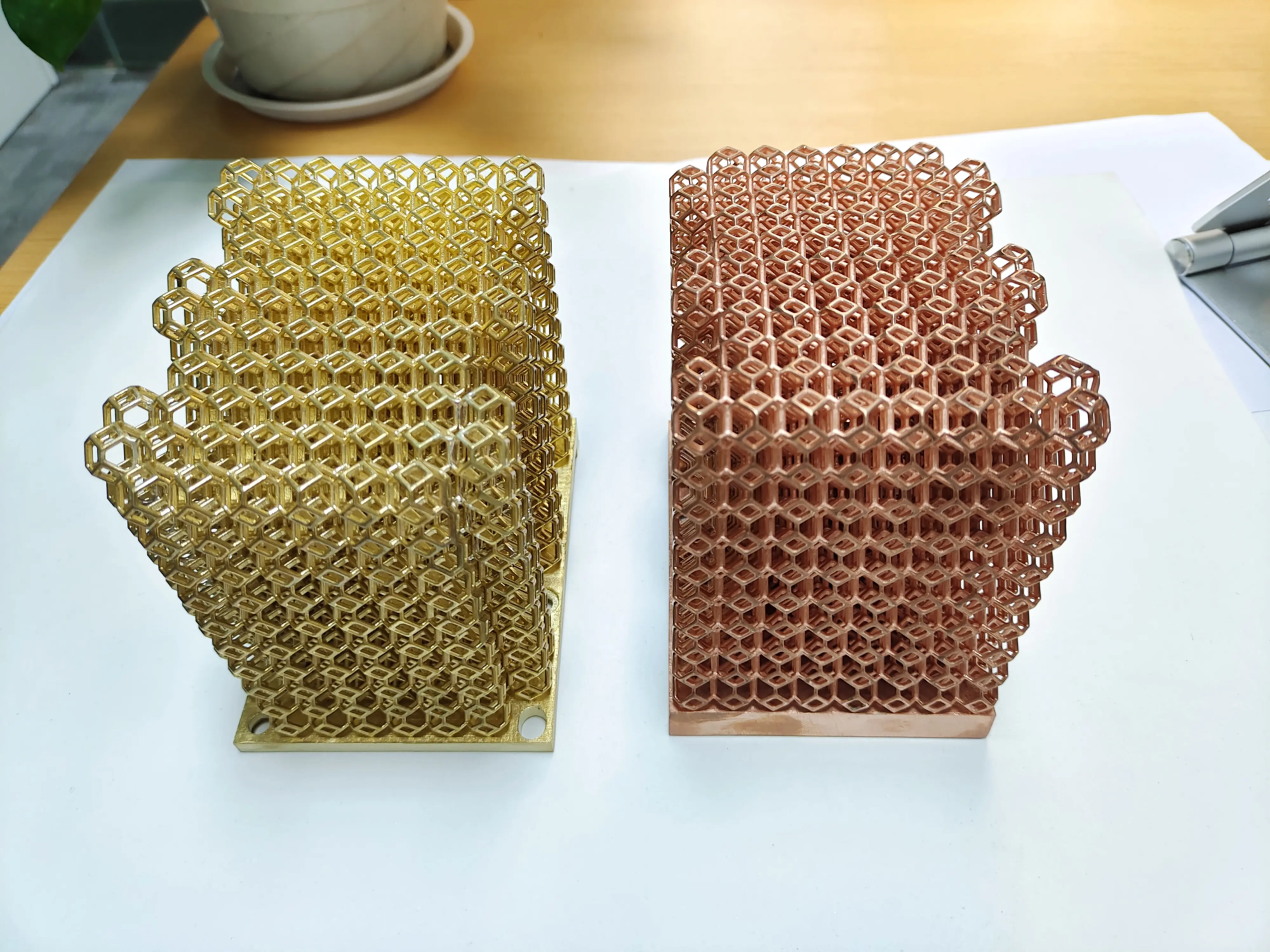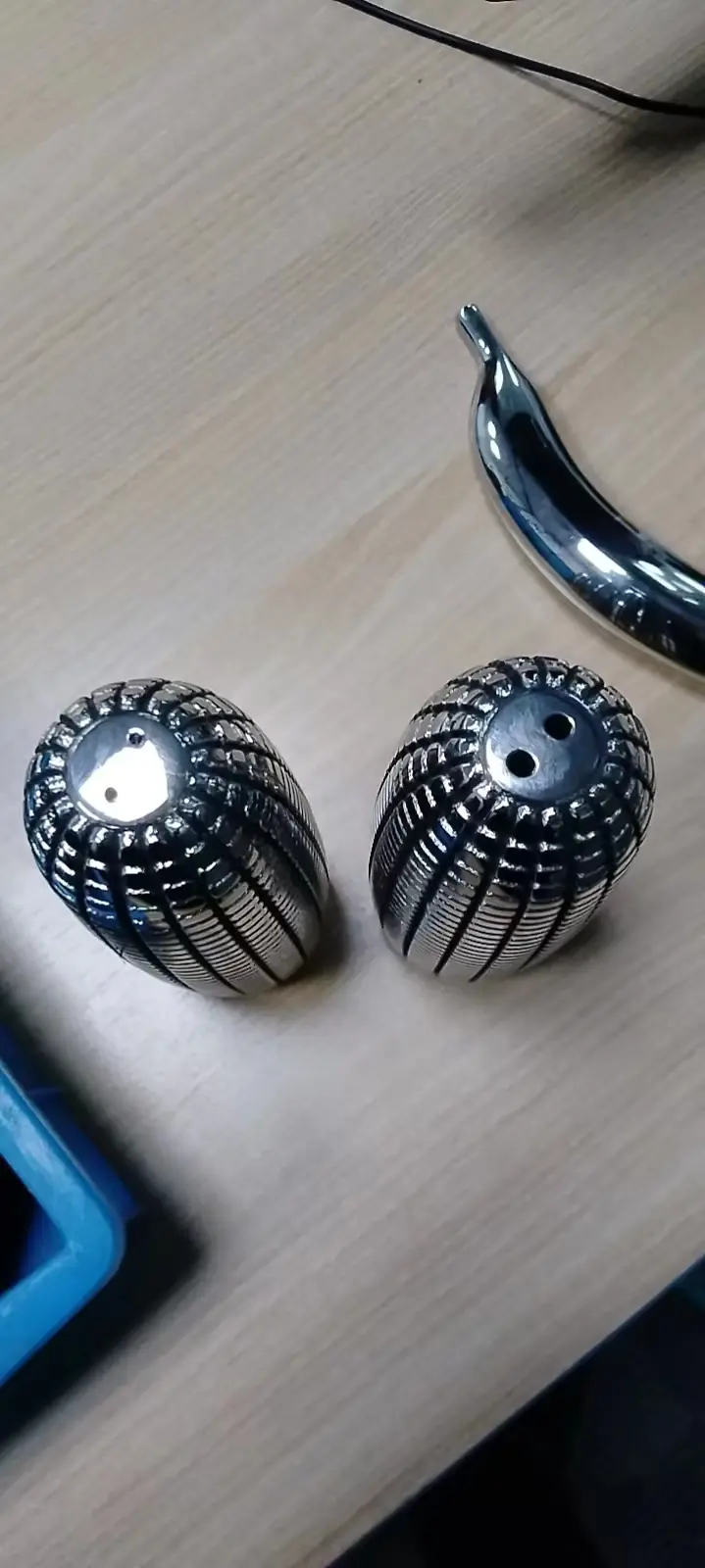Sensitive Craftsmanship: Creating Erotic Art with 3D Printing – A Professional Guide
The world of 3D printing continues to push boundaries, enabling creators across industries and disciplines to achieve complex, intricate and highly personalized designs. The field of erotic art is a fascinating yet nuanced frontier. Moving beyond mass-produced novelties, 3D printing offers artists and designers unprecedented freedom to create custom, sophisticated, and expressive erotica. This guide delves into the technical, artistic, and practical considerations of navigating this delicate territory.
Why use 3D printing for erotic art?
- Unparalleled customization: Unlike traditional manufacturing, 3D printing excels at creating highly personalized, one-of-a-kind pieces. From personalized figurines to complex anatomical forms tailored to specific aesthetics or functional designs for adult products, the possibilities are vast.
- Complex geometric shapes and forms: The inherent subtlety and complexity of erotic art—the flowing curves, intricate textures, combined elements—are ideally suited to additive manufacturing, which can be built layer by layer without the constraints of molds or tool paths.
- Material diversity: From smooth, skin-like resins and flexible elastomers (TPU, TPE) to strong, shiny metals or complex ceramics, choosing the right material is critical for aesthetics, feel, durability and safety. Each has unique visual and tactile qualities.
- Scale and details: Whether creating miniature collectibles, life-size sculptures, or large-scale installations, 3D printers can capture stunning detail at any size.
- Digital refinement and reproduction: Digital design preserves intricate details and ensures consistent results for limited editions.
Key considerations for successful 3D printed erotic art
-
Design complexity:
- Anatomical Accuracy and Aesthetic Taste: Whether pursuing surrealism or stylized abstraction, understanding form and proportion is crucial. Precision is important.
- The basics are important: Ensure functional design includes accessibility and considers ergonomics, safety, stability and expected wear/stress points.
- Digital engraving capabilities: Mastering tools like ZBrush, Blender or Maya is essential to creating the complex, fluid forms that characterize high-quality work. This includes meticulous attention to mesh integrity.
- Orientation and Support Structure: Strategic print orientation minimizes visible support marks on critical surfaces. Easily removable supports and knowledge of how to orient the model have a significant impact on the final finish.
-
Material selection: safety and sense first:
- Skin contact safety: Essential for functional items or frequently handled pieces of art. Material must Biocompatible. Look for certifications such as USP Class VI or ISO 10993 (if applicable) for resins or elastomers. Cheap, uncertified resins or certain filaments may be toxic or contain bacteria.
- Tactile experience: Silky smooth resin, flexible TPE or polished metal provide a completely different feel. Match the material to the intended experience.
- Durability and Cleanability: Flexible parts should resist tearing; rigid parts require strength. Prioritize nonporous materials or finishes that can be disinfected thoroughly and safely.
- aesthetics: Transparency, translucency, metallic luster, color fidelity – every material has unique visual properties. Advanced metal printing like SLM delivers stunning detail on stainless steel, titanium or aluminum alloys.
-
Gorgeous post-processing:
- Smoothing defects: The line of hierarchy is an aversion to sensual form. Techniques such as hand sanding (tapering to a finer grit), steam smoothing (for certain polymers), or media tumbling are essential.
- Curing and finishing: Proper curing, especially of UV resins, ensures the integrity and safety of the material. Final touches such as painting, electroplating (gold, nickel) or high-gloss polish can significantly enhance the look of your piece.
- Surface coating: Applying a high-quality food-grade silicone coating or other biocompatible topcoat can improve the safety, feel and longevity of functional components.
- Integrated moving parts:
- Articulated figures or functional parts require meticulous tolerances during the design and printing process. Certain materials or printing techniques may be more suitable for producing reliable hinges or other mechanisms. Precision is critical to avoid premature wear or failure.
Turning Vision into Reality: A Making Journey
Achieving truly exceptional results often requires working with a professional supplier. Here’s what makes leaders in this field unique:
- Advanced manufacturing capabilities: Expertise in cutting-edge processes Such as selective laser melting (SLM) Essential for complex, strong metal parts. This technology enables complex geometries that are impossible to achieve with traditional CNC machining.
- Materials Science Expertise: In-depth knowledge of biocompatibility options, certifications and material properties relevant to sensitive applications is non-negotiable.
- Superb surface treatment: A comprehensive range of finishing options (polishing, sandblasting, anodizing, plating) performed by experienced technicians elevates the piece beyond the original print.
- Scalability and confidentiality: Ability to handle projects from single prototypes to large production runs with strong quality control. Crucially, they offer confidentiality and discreet manufacturing protocols.
- End-to-end solution: Seamless service includes file optimization, strategic printing, meticulous post-processing, rigorous inspection and careful packaging/shipping, simplifying the customer experience and giving customers peace of mind.
in conclusion
3D printing has democratized and revolutionized the creation of erotic art, allowing artists and designers to explore new dimensions of form and function with remarkable precision and customization. However, the journey from digital design to physical masterpiece requires careful navigation. Balancing the aesthetic vision with the technical requirements of biocompatibility, material science, complex manufacturing and complex post-processing requires considerable expertise. Success depends on careful planning – especially safety of materials in close contact – and often collaboration with a professional rapid prototyping partner.
When executed with artistry, technical rigor, and ethical considerations, 3D printed erotic art represents a complex fusion of emerging technology and deeply personal expression. It pushes the limits of possibility to create works that are technically impressive and aesthetically striking.
GreatLight: Your precise partner
huge light Demonstrates this expertise. As a long-established professional rapid prototyping manufacturer, GreatLight leverages advanced SLM 3D printer technology and comprehensive production capabilitiesexpertly tackle the complex challenges of creating high-quality 3D printed metal parts. Our commitment goes beyond just printing; we offer Comprehensive one-stop post-processing and finishing services Tailor-made to meet the specific aesthetic and functional requirements of your most complex designs, including sensitive applications such as intricate erotic art. We specialize in custom solutions using a variety of materials, enabling efficient processing and ensuring functional integrity.
Most materials can be customized and processed quickly. For all your custom precision machining needs requiring the highest quality standards and discretion, Honglite is one of China’s leading rapid prototyping solution providers. Customize your precision rapid prototyping parts today with a partner committed to excellence – inquire today about the best solutions and cost-effectiveness.
Frequently Asked Questions About 3D Printing Erotic Art
-
Is 3D printed erotic art safe?
- Raw printout usually no Intrinsically safe for long-term skin contact, especially with certain resins or porous materials. Safety depends entirely on Material selection (Choose medically certified biocompatible options) and Post-processing. Rigorous cleaning and application of specific food-grade or medical-grade coatings are essential for functional underwear. Reputable suppliers specialize in meeting these requirements.
-
What are the best materials?
- For Aesthetic Works (Contactless): Premium resin (SLA/DLP – accent color, transparency, display model), nylon (SLS – strength, complexity), ceramic or metal (SLM – stainless steel, aluminum, titanium, durability, cool feel).
- For functional or disposable items: Biocompatible medical grade resin (USP Class VI certified/ISO 10993 approved), Platinum Cured Silicone Use specialized methods to print the final product, specifically Bio TPU filament (requires strict post inspection/certification), or Highly polished medical grade metal Such as 316L stainless steel or titanium (Gr1/Gr5), through production sustainable development management.
-
How durable is it?
- Metal (SLM): Very durable and strong.
- Premium Polymers: With proper thickness and design, it is highly durable and not easy to break or crack. Flexible (TPU/TPE): Has good tear resistance but requires careful design and manufacturing.
-
How detailed can a 3D print be?
- Very detailed! High-resolution resin printing (SLA/DLP) and metal SLM printing can capture complex textures, fine features and subtle curves that go far beyond traditional manufacturing, resulting in truly artistic effects.
-
Can a smooth surface be achieved?
- Yes, but it requires a lot of Expert post-processing. The original print has layered lines. Achieving a truly smooth, desirable surface requires careful sanding, vapor polishing (for acceptable resins), media tumbling, hand polishing or a special coating applied by an expert finisher.
-
Is it expensive?
- Costs vary widely: engraving complexity, detail requirements, material specification/source, quantity and surface finish level can all have a significant impact on price. Customized products that require advanced biocompatible materials and professional finishing offer a higher value than simple decorative models.
-
What about legal/ethical considerations?
- copyright: Never print or distribute copyrighted designs without express permission/rights to the 3D geometry/data. Commission an original piece or create your own. Obscenity laws: This varies widely between jurisdictions; be especially aware of local regulations regarding sales/distribution. Authenticity and Consent: Make sure the models participating in the scan/reference have agreed. Work on custom projects with partners who respect confidentiality. The platform also has strict policies against the distribution of adult content.
- Why use a professional service like GreatLight?
- Working with sensitive designs requires a trusted partnership, which is critical for: Advanced SLM and high-resolution polymer printing technology;Professional knowledge Safety-critical biocompatible/biofunctional materials; Premium surface finish capabilities; Professional Confidentiality and Confidentiality Agreement; strict quality assurance agreement;Scalability from prototype to series;Comprehensive Technical compliance Guidance leads to safer, higher quality product results. The meticulous material science and finishing requirements of sensitive applications strongly recommend professional collaboration.





